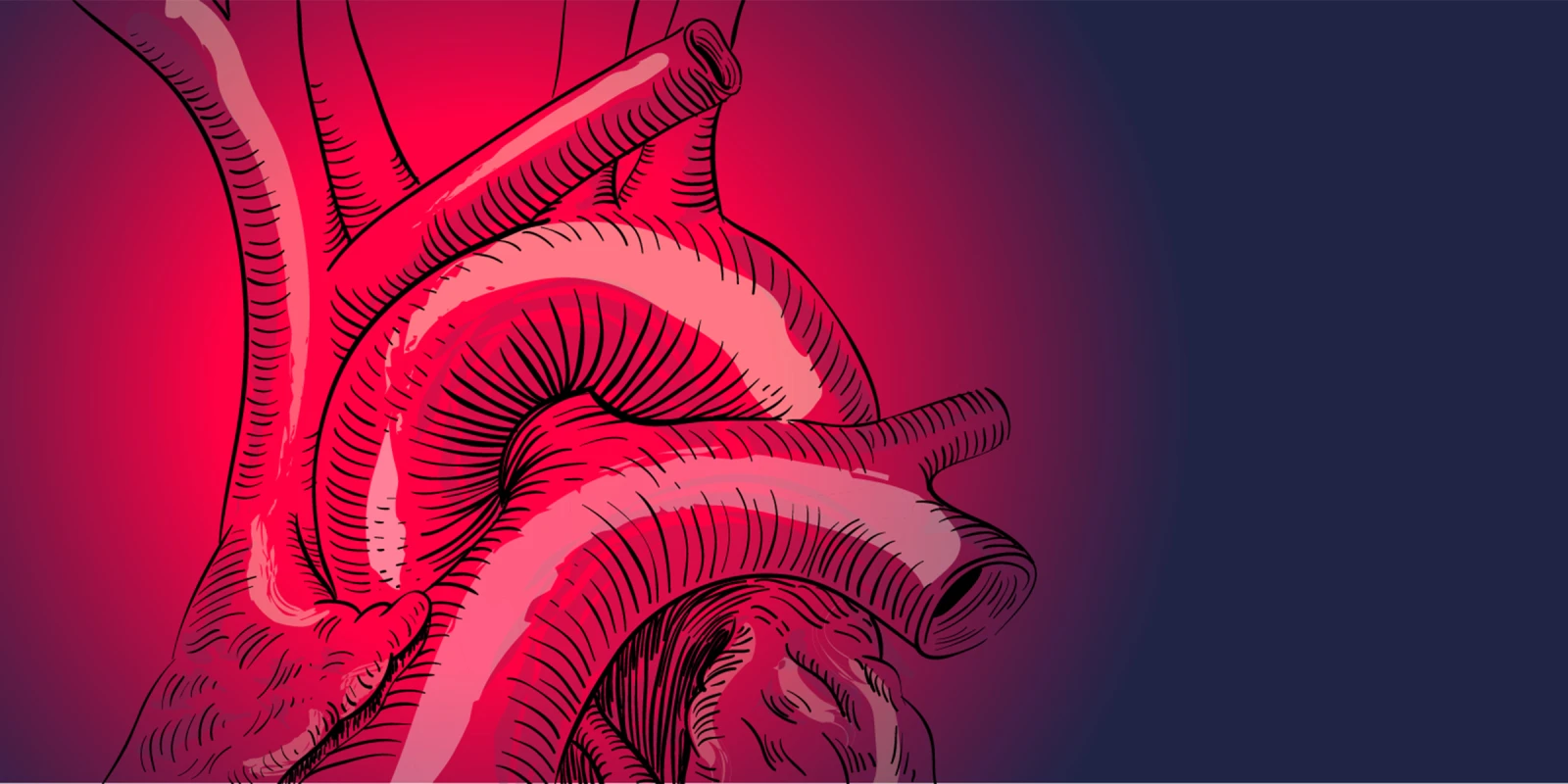There is time for cogitation in retirement; this is especially true when compared to a busy workday with scheduled tasks and the subsequent tasks that pop up. The contrast has been more pronounced during the COVID-19 pandemic: house-bound-living permits more time for reading. In addition to learning along with everyone else about something never experienced by anyone alive today, a retired physician reads about medical discoveries and review articles. The subjects of the review articles were often common enough in their practice to give them pride in their knowledge. But some bring back memories of a case that did not turn out well.
A cardiologist is fortunate to have many diseases to diagnose, both congenital and acquired: from the pericardium to the endocardium, and including vessels, valves, myocardium, and electrical conduction system. There are multitudes of tests to use, including EKGs, Doppler echocardiograms, radionuclide perfusion scans, MRIs, and angiograms, along with radiographic contrast angiograms. Each diagnostic test allows the cardiologist to understand what ails the individual patient. Ultimately, the breadth of cardiovascular disease treatments available and the high level of their effectiveness makes cardiology a very fulfilling practice specialty. But the precision in diagnosis and treatment that benefit both patients and cardiologists evolved over years of research and development.
I recently spent enough time reading medical journals to learn this new material, to remind myself about past patients, and to leave a dent in my chair and on my bottom. One patient comes to mind more than any other when I read about symptomatic arrhythmias. A self-employed 30-year-old bricklayer who came to see me roughly 30 years ago with intermittent dizziness. He was a tough guy, as demonstrated by his work outside in the winter weather, and his hands were so calloused that they could get his job done without gloves. He never complained unless the symptoms were real. My grandfather was a stonemason, so I knew the kind of person who does this kind of work and what it took to drag him away from his work to come to the doctor.
This young bricklayer’s physical examination was normal, and his EKG showed a right bundle branch block (RBBB). There was no abnormality of his Doppler echocardiogram or chest radiograph. I ordered a 48-hour Holter monitor and could not find an arrhythmia, but he did not have his symptoms at this recorded time. I told him that I could not find a cause for his symptoms and gave him no medication. Because he worked so hard, was so young, and had no family history of coronary artery disease or sudden death, I felt we did not need to do an exercise stress test. Though we had a good rapport — and he wanted to believe me — when I offered to send him to see an electrophysiologist (EP), he was hesitant. But when he had another episode of dizziness, he agreed to the EP consultation and scheduled it for seven days out. Within the same week, before the consultation, the ED called me and reported the patient was brought in by EMS from home at 3 a.m. and could not be resuscitated from a malignant ventricular arrhythmia.
I hurried to the ED, learned what I could, and spoke to his wife. I told her that he died from a complex ventricular arrhythmia, but I could not give her a reason for the arrhythmia. I told her how much I liked him, and I relayed my deepest sympathies for having failed to help him. Despite the wife’s wishes for no further investigation, the coroner did not release the body and performed an autopsy. Post-mortem toxicology testing was negative, and no anatomic cause for death could be found. I met with the wife and family in my office after the autopsy results. The image of a widow with two young children would forever stay with me. I was so used to practicing with superb diagnostic tools that I could not accept my failure. My coworkers shared my frustration but also could not offer an etiology.
Then, about two years later, Pedro Brugada and Josep Brugada described their clinical and electrocardiographic syndrome. The EKG of that patient, forever etched in my mind, was reflected in the eight patients presented in this paper. I went back to my patient’s EKG and found that I missed the ST elevation in leads V1 and V2. At the time, I did not know it was a key to the diagnosis because the diagnosis had never been described. I was busy trying to find a reason for RBBB or an arrhythmia but could not find either one. I wanted to explain to the wife what I thought her husband died from, but she had left the area, and I could not find her.
Since this case, every patient I saw with dizziness had an EKG, and I looked for RBBB with ST elevation in V1 to V2-V3, so I would, hopefully, never again miss this syndrome. I diagnosed several other cases of Brugada syndrome and quietly thanked the bricklayer and the Brugadas for what they did to help me help those who came after them.
I know that, as cardiologists, we are accustomed to a facility in diagnosis and effective treatment, but we should never think we know everything. We must continue to ask the questions that advance knowledge about what we don’t know. The memory of this patient, who I failed, maintains that desire for improvement. In retirement, as I read and cogitate about discoveries, and a bricklayer, I find comfort in teaching cardiology fellows. In the COVID-19 pandemic, I teach, virtually, how cardiology has evolved, and I make sure they know how to diagnose Brugada syndrome.
What discoveries have changed how you diagnose your patients? Share your thoughts below.
William A. Schiavone, DO is a retired academic cardiologist. He is the founder of EKGaction.com.
All names and identifying information have been modified to protect patient privacy.
Illustration by Yi-Min Chun







